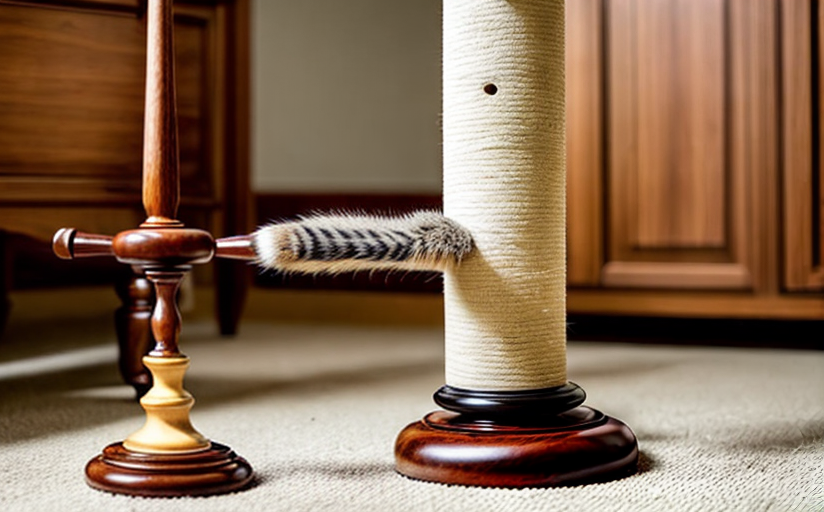Pros and Cons of Declawing Cats: A Comprehensive Analysis
Declawing cats, a practice that involves the removal of a cat's claws, remains a subject of controversy among veterinarians, animal rights activists and pet owners. While some argue that declawing is a necessary measure for managing pet behaviour, others contend that this procedure inflicts unnecessary pain and harm on cats. This article will explore the pros and cons of cat declawing and examine prevailing legalities surrounding this issue across various geographical regions.
Current Legalities
The legality of cat declawing varies drastically globally. In several European countries including Finland, Sweden, the UK and Switzerland, declawing has long been outlawed due to animal welfare concerns. In the US, while declawing remains legal on a federal level, individual states and cities such as New York and Denver have enacted bans. Similarly, in Canada, certain provinces like British Columbia, Newfoundland and Labrador have banned the practice.
Supporters' Views on Declawing
Supporters of declawing make several arguments. A primary reason cited is the prevention of property damage. Cats, by nature, instinctively scratch surfaces, leading to potential damage. Furthermore, some argue that declawing might be a preferred alternative to pet surrender, or even euthanasia, should a cat's scratching behaviour prove unmanageable. In cases where cat owners have immune system disorders making them susceptible to infections from scratches, declawing is considered a safer option, both for the pet and the owner.
Opponents' Views on Declawing
Those opposing declawing, including numerous veterinarians and animal rights advocates, highlight it as a cruel and unnecessary practice. They argue that declawing a cat is equivalent to amputation, as it involves removing bone along with the claw, which can lead to significant physical and emotional trauma.
Major studies, like those conducted by the Journal of Feline Medicine and Surgery, substantiate these claims, showing that declawed cats are more likely to experience chronic pain, lameness and aggression, stemming from behavioural and psychological effects.
Animal rights activists advocate for alternatives to declawing, emphasizing the importance of behavioural modification techniques, cat-friendly furniture and scratching posts to address concerns related to damage and behavioural issues.
Conclusion
The debate around cat declawing continues to divide opinion, with strong arguments on both sides and varying legal stances across the globe. Greater consideration thus needs to be given to the impacts on the cat's health, behaviour and psychological state. It is crucial to foster a balanced, informed dialogue that takes into account the perspectives of all stakeholders, promoting both feline welfare and feasible solutions for pet owners.

















Comments
Leave a Comment